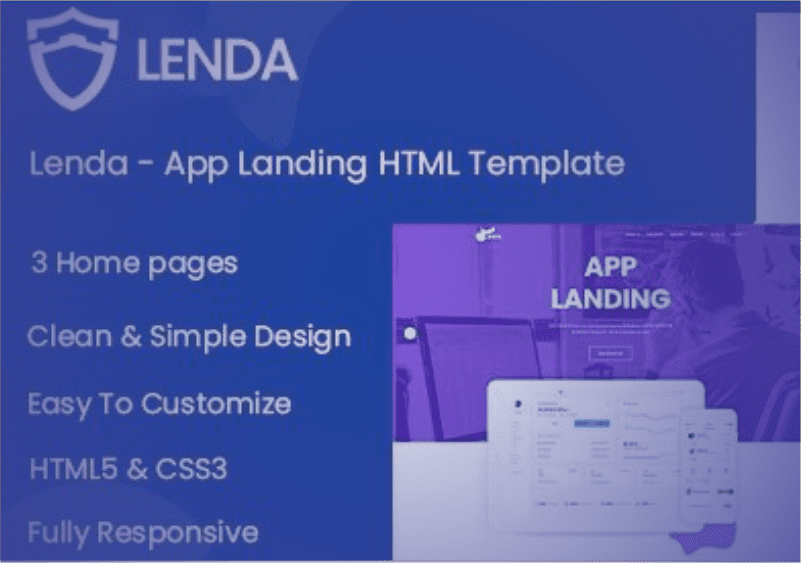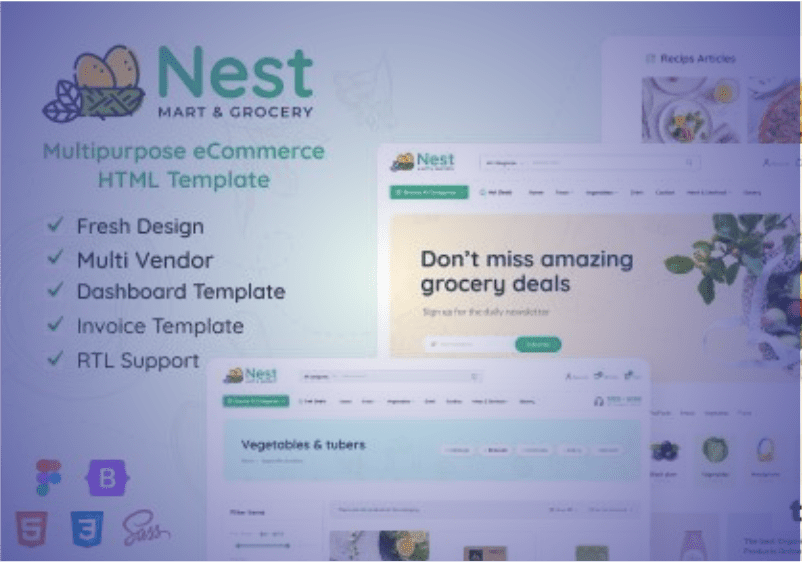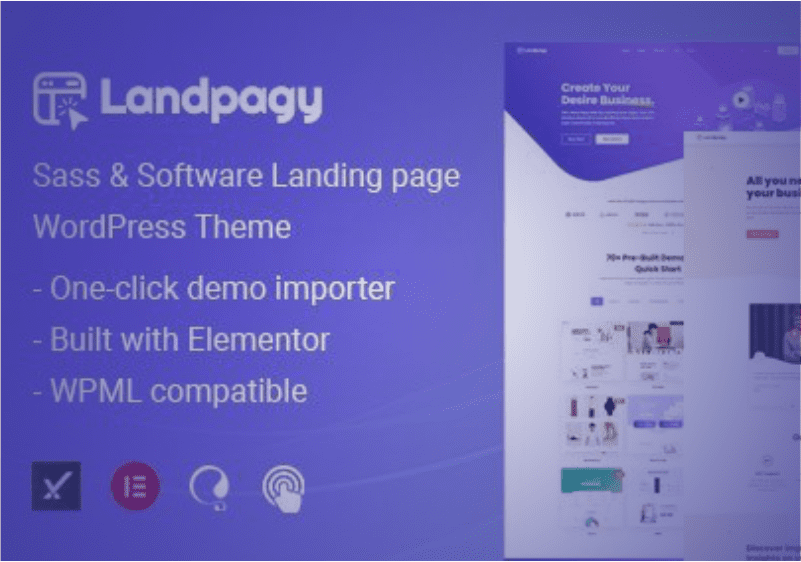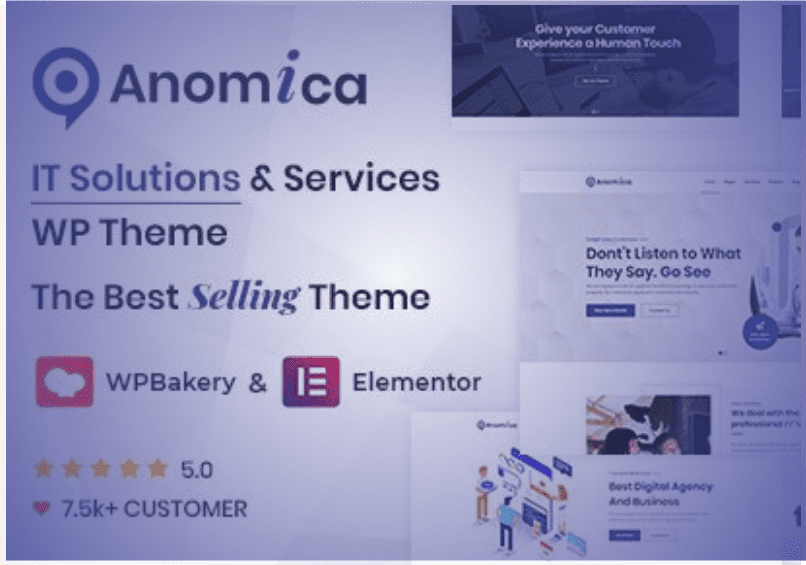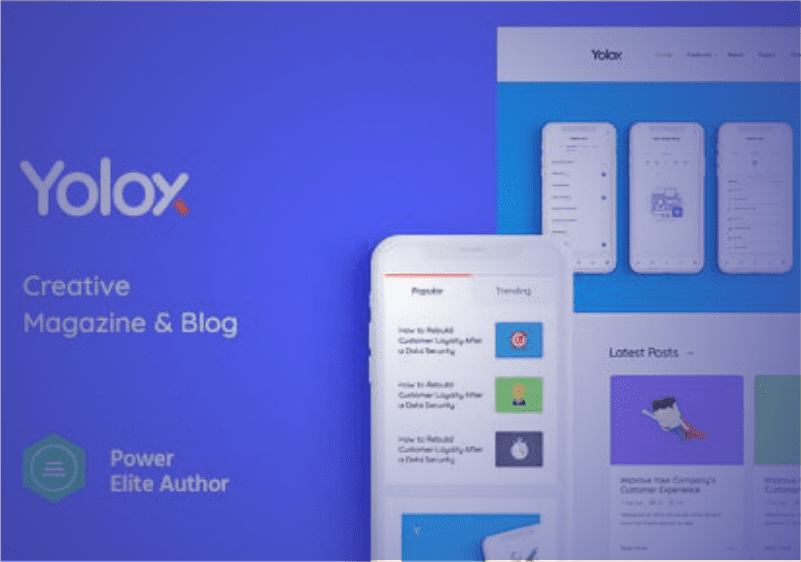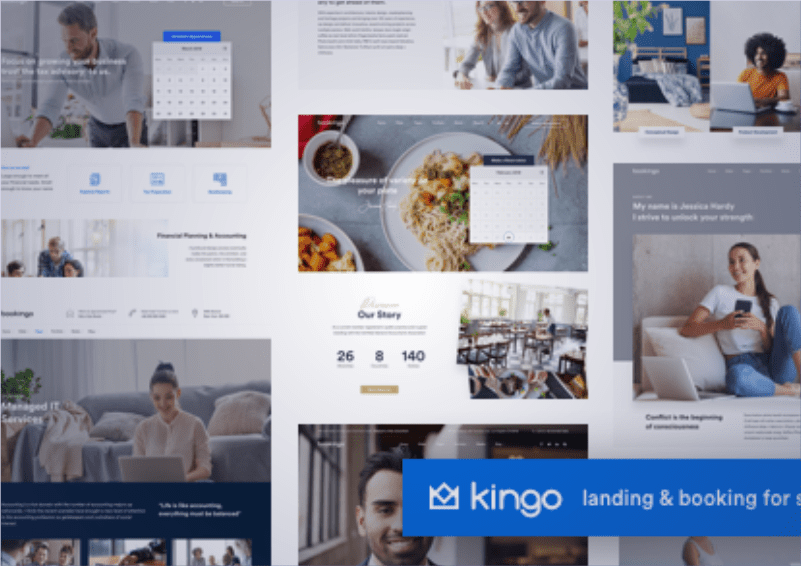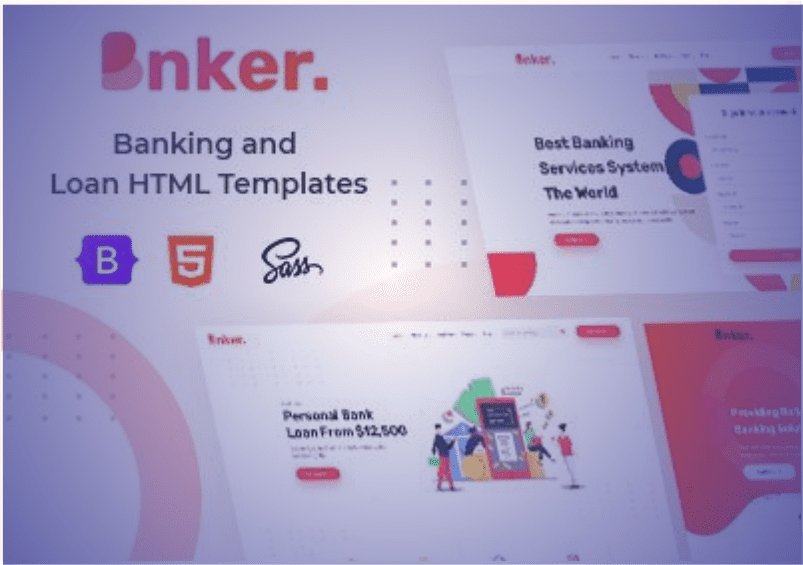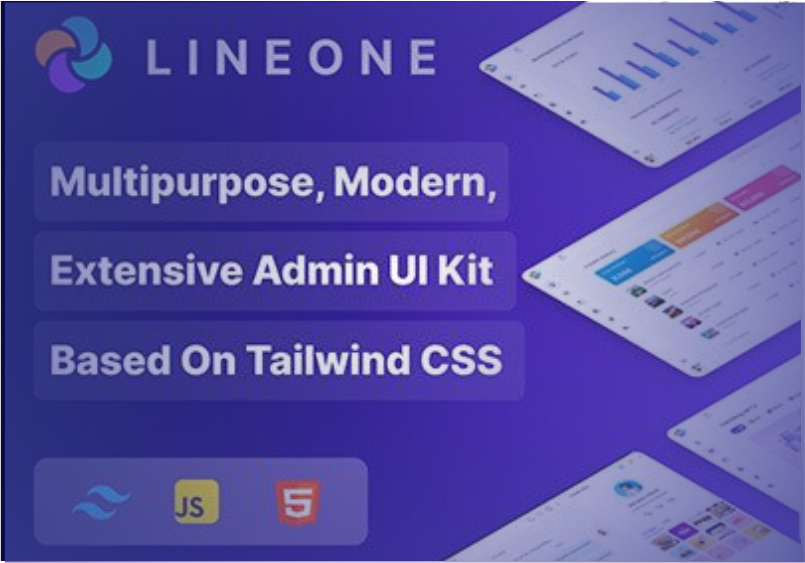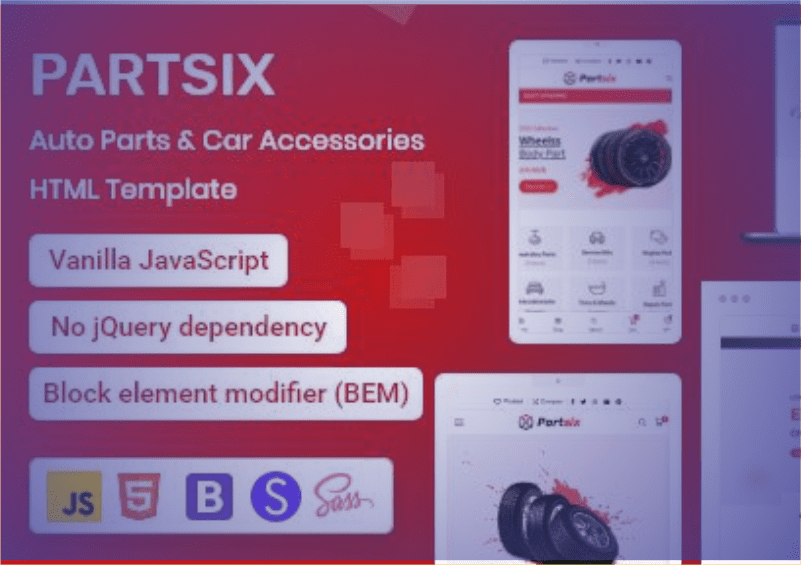Choose A Delivery Management Software
Selecting the appropriate Delivery Management Software can determine a company’s success in the digital age, as clients want prompt, precise, and transparent deliveries. Your delivery software is the foundation of any business, whether you’re managing a local food delivery service, an eCommerce company, or a logistics provider. It’s not merely a platform for tracking cargo or allocating drivers. Real-time visibility, customer happiness, route optimisation, and business scalability are all made possible by this ecosystem.
Delivery Management Software help automate the delivery process from start to finish. But with the surge of available options, selecting the right one has become a challenging decision. This article will walk you through everything you need to consider before investing in delivery management software. From the unique needs of your business to the essential features to look for, we’ll give you the practical guidance you need to make the right decision.
The Role of Delivery Management Software
Before diving into how to choose the best one, it’s important to understand what delivery management software actually does. At its core, delivery management software enables businesses to plan, manage, execute, and monitor deliveries. It simplifies and automates key delivery operations such as assigning orders to drivers, generating optimized routes, tracking parcels in real-time, and keeping customers updated with notifications.
For companies that handle frequent deliveries, whether they’re products or services, a reliable delivery management platform can reduce operational costs, improve efficiency, and create a better customer experience. It’s essentially the digital bridge between your product and your customer.
Evaluate Your Business Needs First
The first step in choosing the best delivery management software is assessing your business’s individual requirements. Every company has different needs depending on its size, industry, delivery volume, geographical location, and type of goods delivered. A retail brand offering same-day deliveries in a city has very different needs than a B2B wholesaler distributing across multiple regions.
Think about how many orders you handle each day, how many delivery personnel are involved, and how complex your delivery routes are. Consider if you require integrations with your inventory or POS systems. Identifying these parameters will help you narrow down the type of software that fits your operations.
Cloud-Based or On-Premise: Making the Right Choice
Another critical decision when choosing delivery software is whether to go with a cloud-based or on-premise solution. Cloud-based software is hosted online and accessible from anywhere. This is ideal for businesses that require remote access, scalability, and minimal hardware investments.
On the other hand, on-premise solutions offer more control and customization, but they require higher upfront costs, dedicated IT teams, and infrastructure maintenance. For most modern businesses, especially SMEs and growing startups, cloud-based delivery platforms offer flexibility, affordability, and ease of use.
Consider Real-Time Tracking Capabilities
In today’s market, real-time delivery tracking is not a luxury; it’s a customer expectation. A good delivery management solution should offer live GPS tracking so both managers and customers can know where a package is at any given moment. This not only improves operational transparency but also significantly boosts customer trust.
Moreover, real-time tracking helps in handling delays, route diversions, and unexpected events. Managers can communicate with drivers on the go, provide rerouting instructions, and ensure that the estimated time of arrival (ETA) is updated based on real-time data.
Look for Route Optimization Features
Route optimization is one of the most vital features to consider. It reduces fuel consumption, shortens delivery times, and helps ensure timely deliveries even during high traffic or unpredictable weather. Intelligent delivery software uses advanced algorithms to compute the fastest and most efficient route based on traffic, delivery window constraints, and driver availability. If your delivery software doesn’t offer route optimization, you might find yourself wasting time and resources — two things no business can afford in a competitive market.
Ensure Driver Management Tools Are Included
A robust delivery system should include a dashboard for managing drivers effectively. This involves assigning tasks, monitoring performance, checking availability, and maintaining communication in real time. Being able to view and evaluate driver performance metrics like delivery speed, idle time, and customer feedback helps maintain accountability and improve service standards.
Driver mobile apps are another critical factor. These apps should be intuitive and easy to use. Drivers need features like route maps, delivery schedules, digital proof of delivery, and instant notifications. A software solution that streamlines the driver experience will lead to smoother operations and fewer errors.
Don’t Overlook Integration Capabilities
Your delivery management software shouldn’t operate in isolation. It should integrate smoothly with your existing business systems — be it your eCommerce platform, CRM, inventory management software, ERP, or accounting tools. Seamless integrations lead to centralized data, improved workflows, and better decision-making.
For instance, when a delivery system syncs with your online store, order updates can be reflected in real time, and customers can receive tracking notifications automatically. This reduces manual input, minimizes errors, and enhances customer satisfaction.
Focus on the Customer Experience
While businesses focus on back-end operations, customers are only concerned with the end result — getting their package on time. Therefore, a delivery management system should enhance the customer experience. Features like automated SMS or email notifications, live tracking links, delivery ETAs, and feedback collection after delivery all contribute to a smoother customer journey. Satisfied customers are more likely to return and recommend your service. So, make sure the software supports customer engagement features, even post-delivery.
Your company might be small now, but growth is always the goal. The delivery software you choose should be able to scale with you. Look for platforms that offer modular upgrades, increased delivery capacity, and the ability to add more users or vehicles without completely overhauling your system. Scalability is not just about volume; it’s about flexibility. Can the system handle seasonal spikes? Can you manage multiple hubs or regional operations in one dashboard? These are questions to ask your software provider.
Consider Automation and Artificial Intelligence
Delivery automation is the future. From auto-scheduling deliveries based on time windows to predictive delivery times using AI — modern delivery software should have elements of automation to reduce human error and improve speed.
AI-based features can include predicting traffic conditions, analyzing historical delivery data for better planning, and automatically assigning the best driver for a delivery. These functionalities free up your team to focus on higher-value tasks.
Take Data Analytics and Reporting Seriously
Data is power, especially in logistics. A top-tier delivery management solution should come equipped with analytics dashboards and custom reporting capabilities. Whether it’s average delivery time, failed delivery rate, driver performance, or customer satisfaction scores, insights from data can lead to smarter decisions and more efficient delivery strategies. Look for software that provides customizable reports, graphical dashboards, and exportable data formats. Real-time insights are especially useful for proactive management and troubleshooting.
Mobile Accessibility is a Must
Today’s businesses are increasingly managed on the go. Having a mobile-friendly version of your delivery management platform — or even a dedicated mobile app — can significantly improve responsiveness. This allows managers to monitor delivery status, communicate with drivers, and make critical decisions even when they’re away from their desks. For drivers, mobile access is even more important. A responsive app can guide them through the day, from accepting assignments to collecting digital signatures and marking deliveries as complete.
Digital proof of delivery is another vital feature. Whether it’s a customer’s e-signature, a time-stamped photo, or barcode scanning — the ability to confirm and document a completed delivery ensures accountability and protects your business from disputes. Especially in sectors like medical deliveries or high-value packages, having indisputable proof of delivery gives both businesses and customers peace of mind.
Assess the Pricing Model and ROI
Delivery management software pricing can vary widely. Some providers charge per user or per delivery, while others offer tiered subscription plans. When evaluating costs, don’t just look at the monthly subscription fee. Consider the total cost of ownership, including setup, training, upgrades, and potential downtime. More importantly, evaluate the return on investment. A slightly more expensive platform might offer features that drastically reduce delivery times, fuel usage, or customer complaints — saving you money in the long run.
Even the best software can fall flat without proper support. Choose a vendor that offers strong onboarding, training materials, and responsive customer service. Whether it’s a 24/7 helpdesk, live chat, or a dedicated account manager, having help when you need it ensures smooth implementation and ongoing success. Also, check whether the software provider regularly updates the platform and introduces new features. A stagnant product can quickly become outdated in a fast-changing industry.
Read Reviews and Ask for References
Before making your final decision, take the time to read user reviews on platforms like G2, Capterra, or Trustpilot. Reach out to other businesses in your industry and ask for recommendations. If possible, ask the software provider for case studies or references from similar companies. Real-world feedback will give you a clearer idea of how the system performs under pressure and how responsive the vendor is to issues and feature requests.
Most reputable delivery software providers offer a free trial or live demo. Use this opportunity to see the platform in action. Involve your operations team, delivery drivers, and customer support staff in the evaluation. Test features like order scheduling, driver assignment, delivery tracking, and reporting. A live trial is the best way to evaluate user experience, platform speed, and feature completeness before committing.
Conclusion
Choosing the best Delivery Management Software isn’t just about checking a list of features. It’s about aligning the platform with your unique business processes, goals, and customer expectations. The right software should improve efficiency, reduce costs, enhance delivery performance, and support business growth.
You can invest with confidence in a system that will improve your operations if you know what you need, prioritise essential features like real-time tracking, route optimisation, and integrations, and take long-term scalability and support into account. Smart technology is not only beneficial but also essential in the cutthroat delivery environment of today. Therefore, take your time, explore your options, and select a delivery management system that will help your company succeed in the future as well as fit in with your operations today.

